In Bolivia, progress is more an abstract concept than a reality. That isn’t an insult. It’s a compliment.
Arriving in Bolivia from almost any other part of South America, whether Brazil, Argentina, Colombia, or Peru, you can feel as though you’ve Marty McFlown back 50 years or more. Everything you’ve been force fed about South America by Nat Geo and BBC over the years can be found right here.
Grinning kids in colorful knitted hats? Check. Old women leading llamas through the streets? Check. Banged up buses bursting at the seams with locals and livestock? Check. Traditional dress not for the tourists, but because that’s just what you wear? Check and check.
This, I imagine, is what South American life was like before the age of international travel and the World Wide Web. While other countries seem to have taken tourist culture with tourist dollars, Bolivia, isolated by distance and modest in means, has stayed true to its roots.
But what are the most Bolivian of Bolivian experiences? In three months there, these were my highlights — the five things to do in Bolivia that sum up this beautiful, unique, and often bananas country.
Visit the World’s Largest Mirror
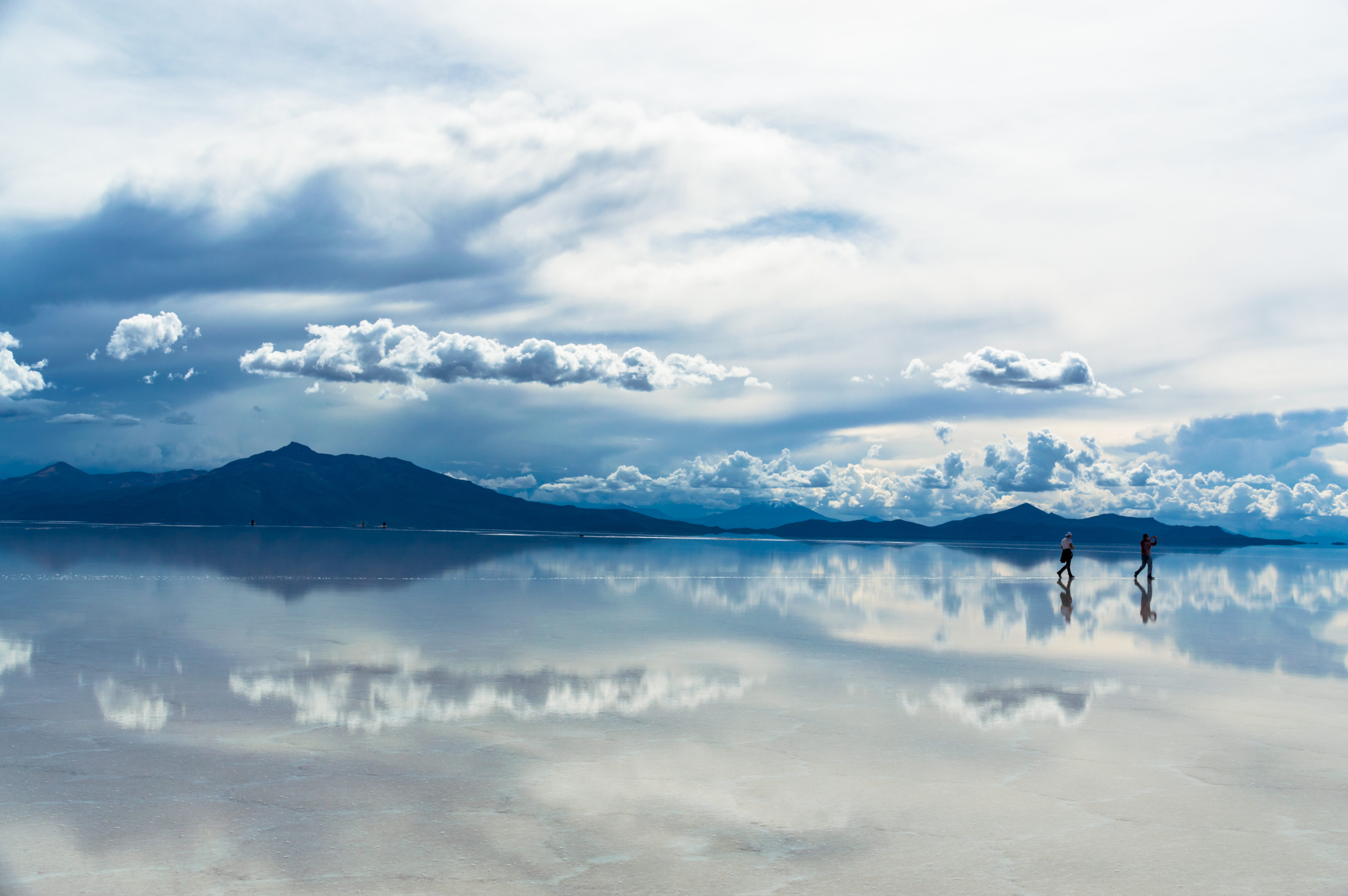
Head to Salar de Uyuni if you want to experience a Bob Ross fever dream. The jewel of Bolivia’s tourist crown, these salt pans, and the gloriously barren desert on the other side, are as close to walking on another planet as us modern day humans can get.
‘What’s so great about a salt pan?’ I hear you ask. In short, everything. The biggest in the world, the sheer scale is mind-blowing. They extend further than the eye can see and it’s weirdly humbling – you’re just a speck on an endless white canvas. If you go in wet season (December to March) the pans can turn into a giant mirror, perfectly reflecting every bit of light that hits them. Charge that camera!
Beyond the salt pans you’ll find the beginnings of the Atacama Desert. Elevated 3000m or more above sea level, the air is thin and cool, the landscape is beautifully desolate, and birdlife, for whatever reason, is plentiful. While you can book ahead for a four day tour (which will end in San Pedro de Atacama in Chile), I’d recommend traveling to Uyuni and booking a tour in person for a huge discount. A good number of tours leave every day, so you’re unlikely to have to wait for an opening.
Explore the Culture in Sucre
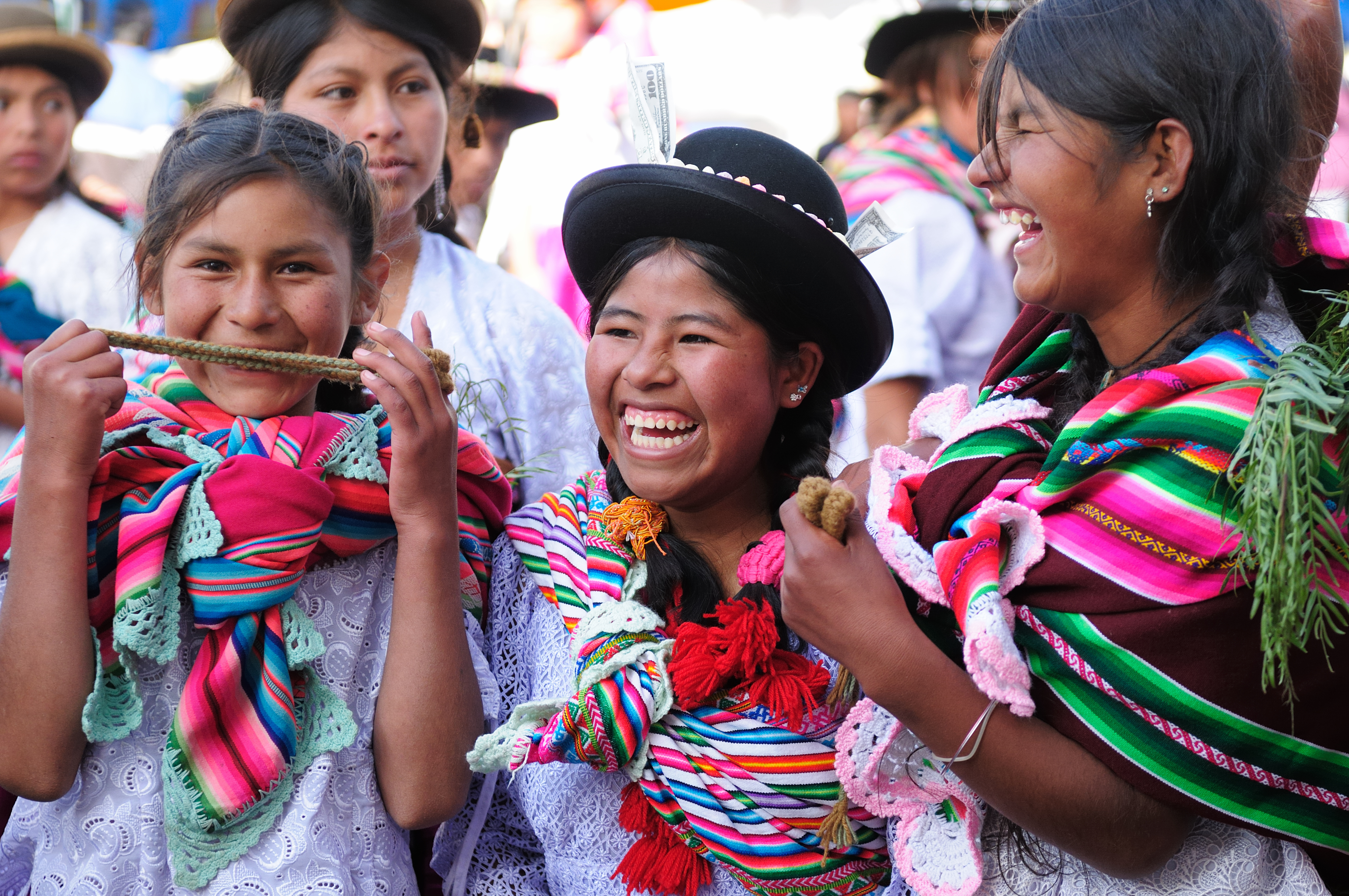
Bolivia’s secondary capital (but don’t say that to a Sucran), Sucre is a stunning city that receives no more than a sprinkling of tourists, who tend to either leave after a night’s rest or stay, like I did, learning Spanish for two months or more. The locals are friendly, the markets are authentic (they use every part of the animal around here), and the festivals are regular and wild. Check out the Virgin of Guadalupe Festival in early September, or the 25 de Mayo celebrations (where you’ll find out that Sucre played a crucial role in Latin American independence) to taste the party vibe of this otherwise laid back city.
The climate in Sucre is delightfully comfortable all year round, making the ideal time to visit any time (although it’s slightly drier from November to February). If weather permits, the surrounding area has some beautiful hikes that you can enjoy with the help of local guides Condor Trekkers. The two day trek along an old Inca trail to Maragua Crater is particularly beautiful.
See the Historic Silver Mines in Potosi
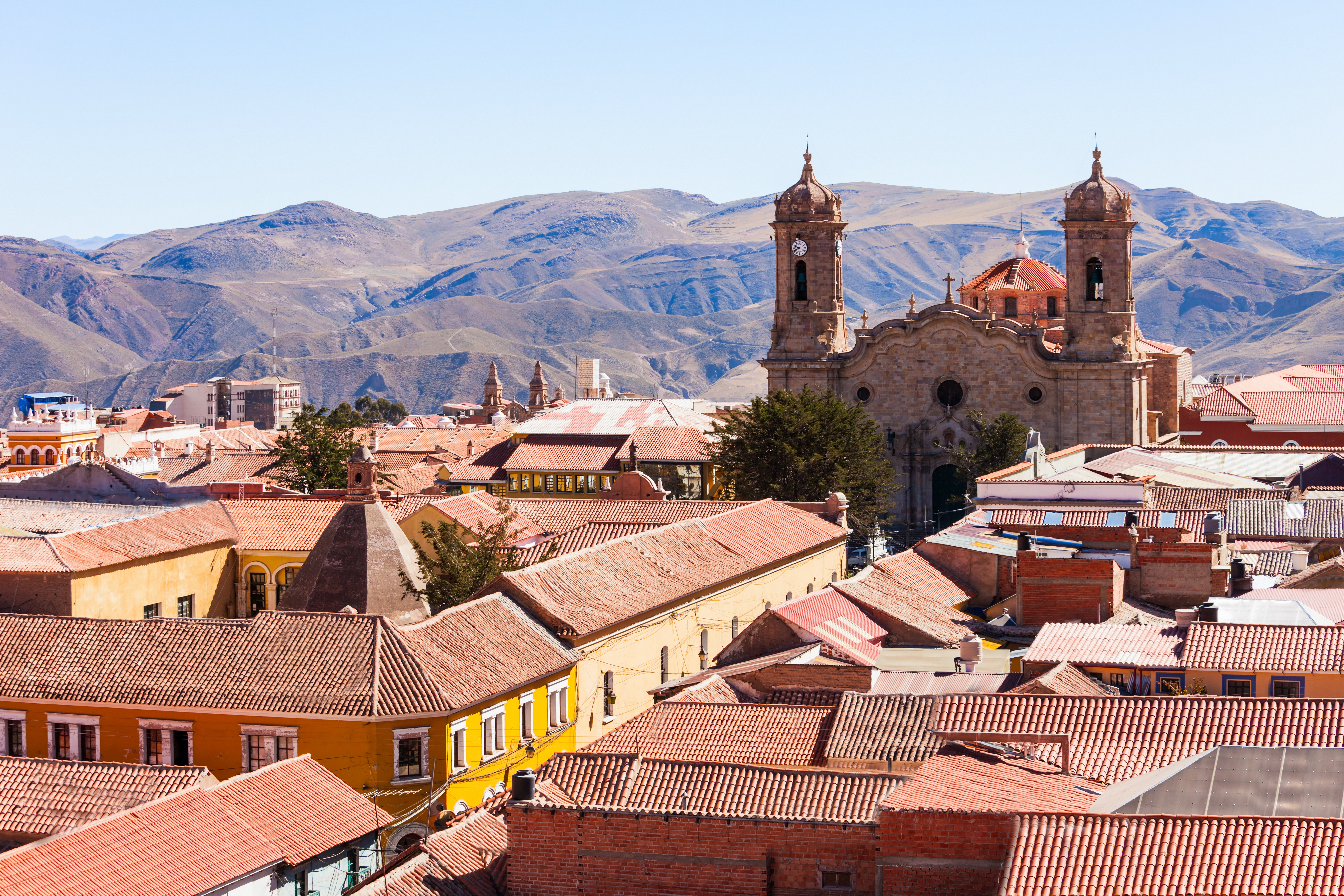
This is a place where any old character – including yours truly – can wander into a shop, buy a stick of dynamite and a bottle of 100% pure (and apparently drinkable) alcohol, and scamper down a hole to loosen some rocks. Finding an organized (I use that term loosely) tour of Potosi Mine – found in a hill next to Potosi city – is simply a matter of enquiring at your accommodation, who will happily hook you up with a local who’s got a connection.
Established by 16th century Spaniards to fund their conquests and enslave the locals, the silver mine has run continually ever since, and is as fascinating as it is unregulated. Some fun facts:
- So much material has been taken out of the hill that its peak has lowered by 300m.
- It has been said that the amount of metal taken from the mine could build a silver bridge from Potosi to Spain.
- An estimated 8 million people have died in the hill, which means you could build a similar bridge out of the dead.
This little adventure is not one for claustrophobes, or accidentally-blowing-yourself-up-ophobes.
Watch Cholita Wrestling
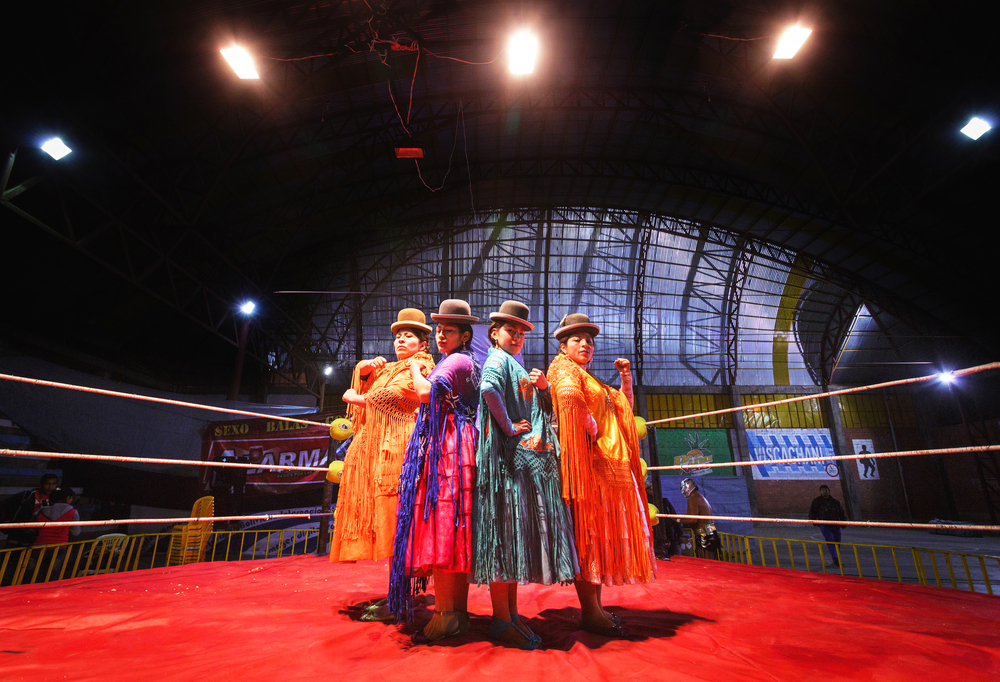
Sure, it’s not exactly traditional. Sure, it’s mainly for the tourists. But there’s something distinctly Bolivian about the Cholitas – female wrestlers who fight it out a couple of times a week in downtown La Paz. Perhaps it’s the fact that the whole show is so ridiculous I couldn’t imagine it happening anywhere else.
The shows are held every Sunday and Thursday, with the crowd equal parts local and international. Buy yourself some ringside seats (available through the website) and be prepared to get dragged into the action.
Visit the Bolivian Amazon in Rurrenabaque
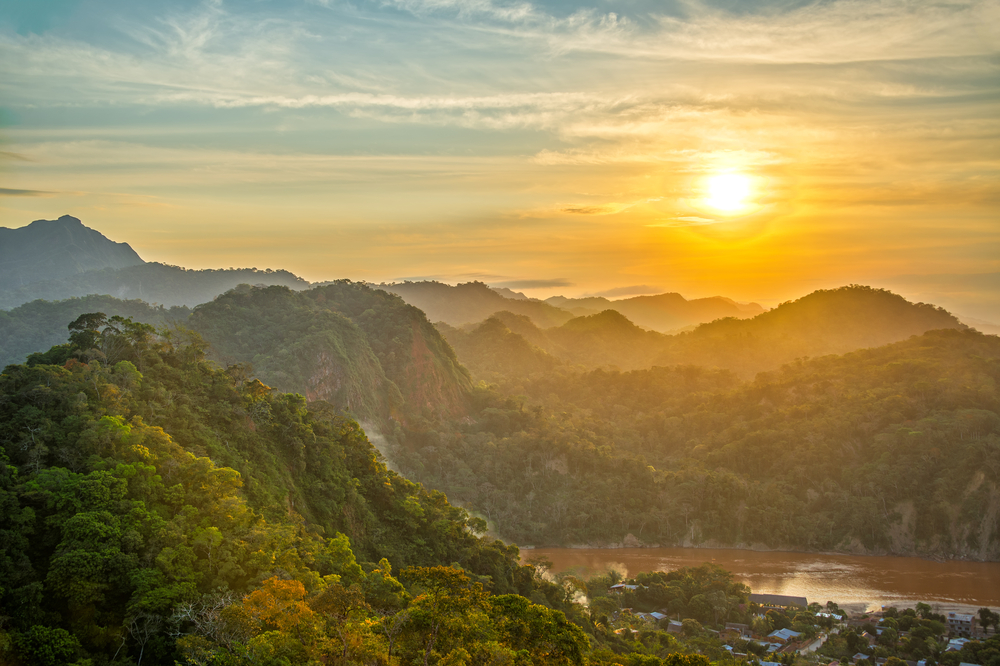
When people think “Amazon”, thoughts will usually turn to Brazil, or maybe Peru. But for those with a few less pesos in the pocket, Bolivia offers a discount option that is every bit as good.
The small town of Rurrenabaque serves as the gateway to the Bolivian Amazon, from which you can book a multi-day cruise and go swimming with river dolphins, catch piranhas, and watch New World monkeys swinging through the trees. Sitting far closer to sea level than most of Bolivia it is rather warm, but the wildlife makes it oh so worth it.
There are bad things about Bolivia too. Transport is questionable. Internet is dire. English speakers are rare. The elevation makes the air thin and cold. But you quickly come to appreciate that all of these things just add to the aura of the place.
Looking on a map you’ll note that Bolivia is South America’s heart. And without sounding too cliché, I feel like that’s right where it should be.
It certainly wormed its way into mine.